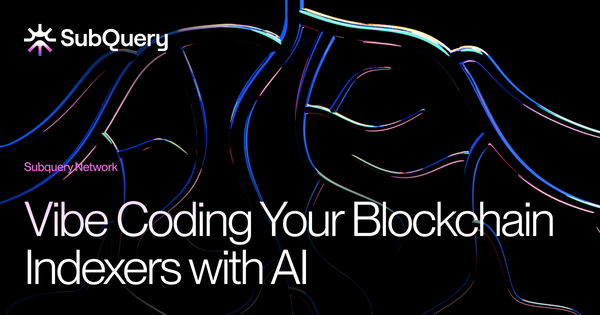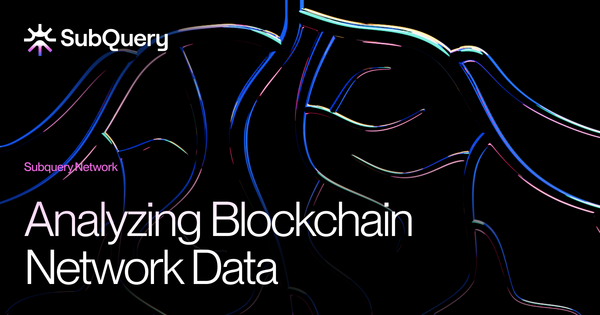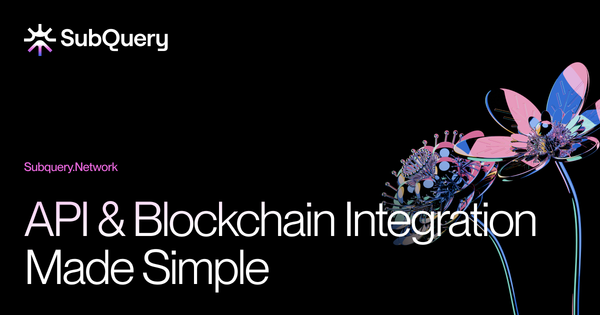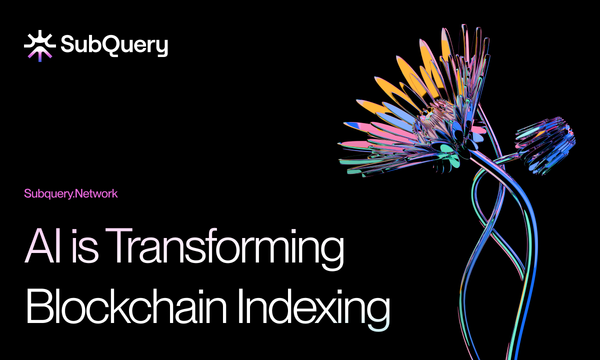Web3 Technology Explained: How Blockchain Data Powers Smarter Apps
The internet has evolved through several transformative phases — from the static, read-only pages of Web1 to the interactive and social platforms of Web2. Now, we’ve entered a new paradigm: Web3 technology.

Table of contents
Introduction: The Evolution of the Internet
The internet has evolved through several transformative phases — from the static, read-only pages of Web1 to the interactive and social platforms of Web2. Now, we’ve entered a new paradigm: Web3 technology.
This next evolution shifts power away from centralized platforms and gives users ownership over their data, identity, and digital assets. Built on blockchains and decentralized infrastructure, Web3 creates a more open and intelligent digital world — one where data itself becomes a shared resource, not a walled garden.
Understanding Web3 Technology and Blockchain Data
At its core, Web3 technology represents a decentralized version of the internet. It relies on blockchains, smart contracts, and peer-to-peer systems to create environments that are transparent, secure, and community-owned.
Unlike Web2, which depends on central authorities like banks or social media platforms, Web3 removes intermediaries and operates on cryptographic verification and distributed consensus. As Ethereum.org explains, Web3 is “an internet owned by users and builders, orchestrated with tokens and governance systems.”
The real power of Web3 lies in blockchain data — the immutable, shared record of every transaction and interaction. This data underpins all Web3 applications and enables:
- Transparency: All actions are publicly verifiable, increasing user trust.
- Automation: Smart contracts execute automatically when conditions are met.
- Ownership: Users control their data, assets, and identities.
- Interoperability: On-chain data can be reused across networks and applications, fostering innovation.
However, while blockchain data is open, it’s often complex to access. Developers rely on advanced indexing and querying tools like SubQuery to make that data actionable — a crucial step in building faster, smarter Web3 apps.
AI and Web3: The Next Step Toward Smarter Apps
The next stage in digital innovation comes from the convergence of AI and Web3. As blockchain data becomes more structured and accessible, AI systems can analyze it to create applications that are intelligent, adaptive, and autonomous.
By combining Web3 technology and artificial intelligence, developers can build Web3 apps that:
- Personalize user experiences based on on-chain behavior — without compromising privacy.
- Detect fraud and optimize DeFi strategies through predictive modeling.
- Automate governance or resource distribution within DAOs using machine learning.
According to IBM’s Blockchain & AI research, this integration enables systems that are both transparent and accountable, where AI insights can be verified through blockchain data trails.
SubQuery enhances this synergy by transforming decentralized data into AI-ready formats, giving developers structured, real-time information that powers intelligent decision-making in the Web3 ecosystem.
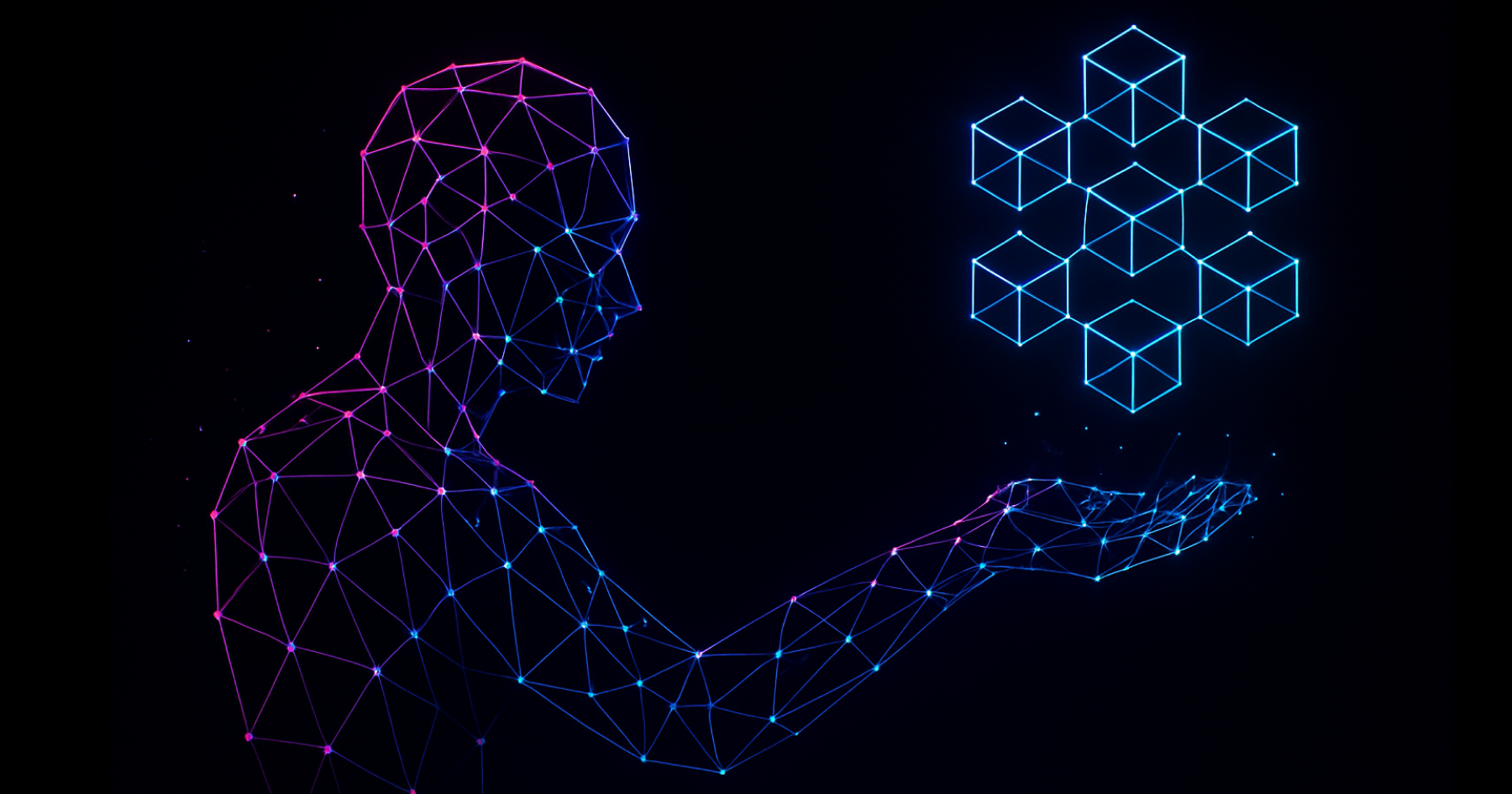
Inside the Web3 Ecosystem
The Web3 ecosystem is a vast network of interoperable technologies. It includes blockchains, oracles, smart contracts, decentralized storage providers, governance frameworks, and indexing tools.
Each layer plays a role in enabling decentralization and innovation:
- Blockchains form the foundation for trustless data.
- Smart contracts execute logic automatically.
- Oracles bridge blockchain and real-world data.
- Indexers like SubQuery organize and serve this data efficiently to applications.
As CoinDesk’s guide on Web3 notes, this ecosystem is more than technology — it’s a shift in how digital collaboration, ownership, and value exchange occur across the internet.
Real-World Web3 Applications
The principles of Web3 are already being applied across industries:
- Finance (DeFi): Platforms like Uniswap and Aave enable peer-to-peer trading and lending without intermediaries.
- Gaming (GameFi): Projects like Axie Infinity let players truly own in-game assets.
- Social Media: Decentralized networks reward creators directly, eliminating reliance on ads.
- Data Infrastructure: Projects empowering developers to query, process, and integrate blockchain data seamlessly into their applications.
SubQuery’s Role in the Web3 Ecosystem
While blockchain provides transparency, it doesn’t automatically make data usable. That’s where SubQuery comes in.
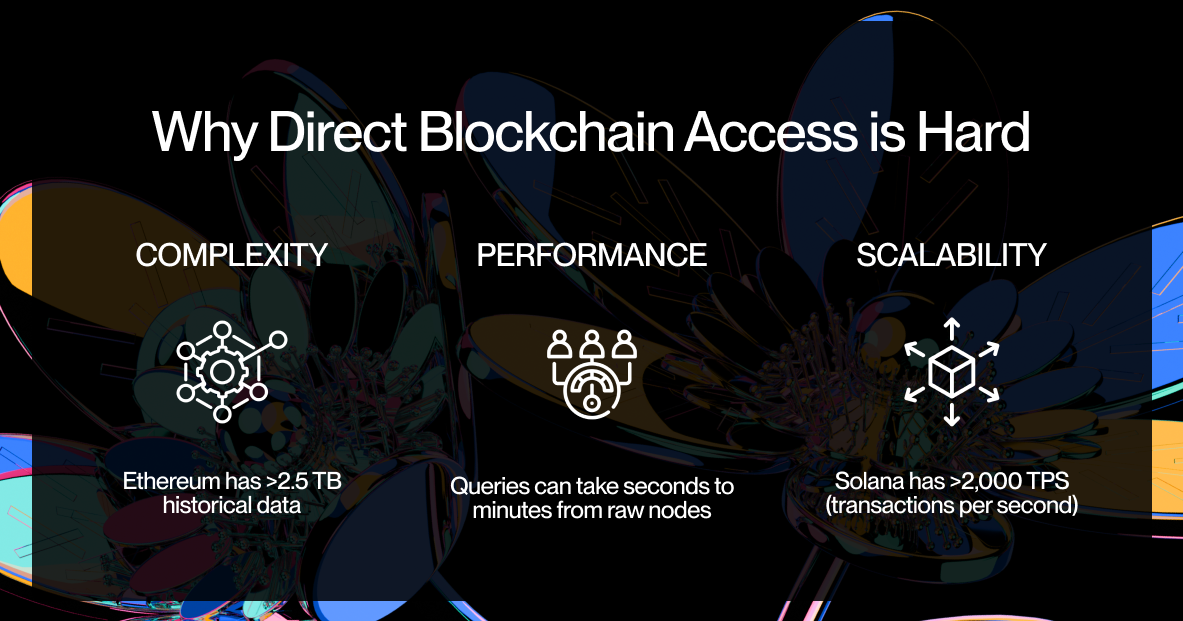
Supporting more than 300 networks, SubQuery delivers decentralized indexing and querying solutions that form the data backbone of the Web3 ecosystem. By turning complex blockchain data into clean, queryable insights, SubQuery helps developers build faster, smarter, and more scalable Web3 applications — and now even feed this data into AI systems for next-generation intelligent apps.
In short, SubQuery is how raw blockchain data becomes actionable knowledge.
Final Thoughts
Web3 technology is reshaping how the internet operates — from who controls data to how intelligence is built into apps. By merging blockchain transparency with AI innovation, developers can create Web3 applications that are not only decentralized, but truly smart.
Ready to start building the future of intelligent, decentralized apps? 👉 Explore SubQuery Network and see how decentralized data indexing can power your next AI-ready Web3 project.
About SubQuery
SubQuery Network is innovating web3 infrastructure with tools that empower builders to decentralise without compromise. SubQuery’s infrastructure network offers both data indexers and RPCs — fully decentralised, production-ready, and designed for scale.
Our fast, flexible, and open data indexer supercharges thousands of dApps on nearly 300 networks. Through innovations like AI-assisted development via the SubQuery SDK and Model Context Protocol (MCP) integration, SubQuery is making it easier than ever to build, deploy, and maintain blockchain indexers. We’re not just a company — we’re a movement driving an inclusive and decentralised web3 era, together.
Linktree | Website | Discord | Telegram | Twitter | Blog | Medium | LinkedIn | YouTube


